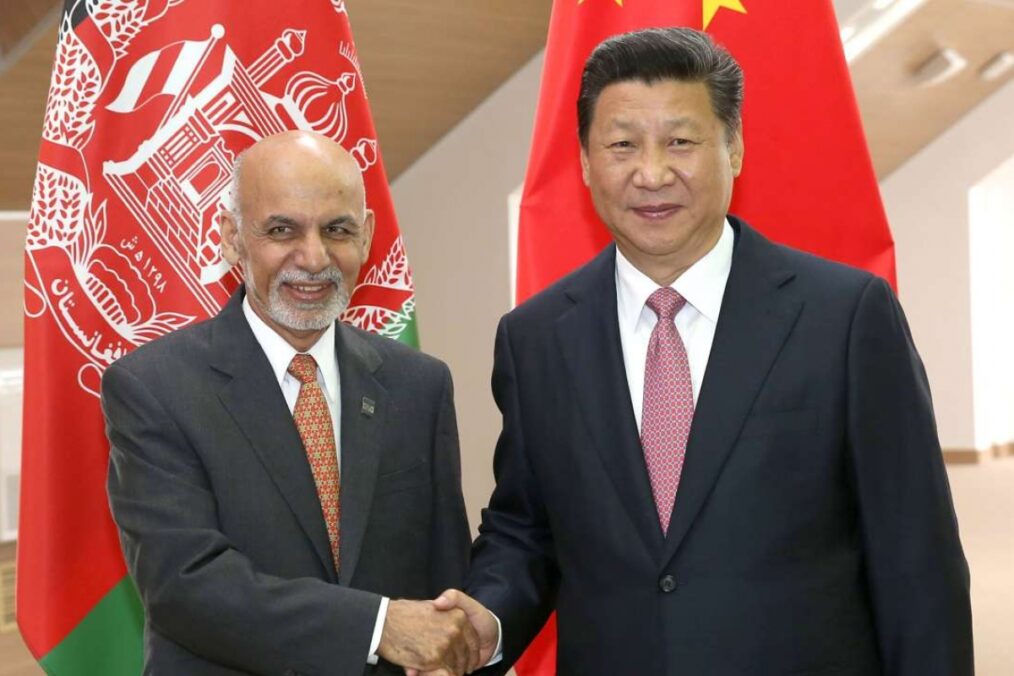
A Road to Everywhere: Afghanistan’s Role in the Belt and Road Initiative
Nearly seven years after it was first announced, China’s Belt and Road Initiative (BRI) continues to endure a barrage of setbacks that have called into question the feasibility of President Xi Jingping’s signature economic plan. Prior to the COVID-19 pandemic, criticism of the BRI included accusations of “debt trap diplomacy”, environmental concerns, and the lack of benefits for local populations in the form of no-bid contracts and job opportunities.
Furthermore, among the defining moments of the BRI’s short history was the fallout associated with Sri Lanka’s Hambantota port, a maritime port that was largely constructed and financed by China. At a cost of nearly $1.5 billion USD, the port struggled to generate the level of financial return needed to service the debt to China. With few options available, the Sri Lankan government was compelled to enter an agreement with a partially state-owned Chinese firm, which granted the company a 99-year lease on the port, essentially ceding Sri Lanka’s control and day-to-day management of the port.
The Hambantota debacle has increased the level of scrutiny paid toward other BRI projects, which span parts of Asia, Africa, Europe, and South America. Yet, for many developing nations, the BRI presents an intriguing opportunity to access the requisite financing to establish and upgrade infrastructure networks.
For a landlocked country like Afghanistan, overland infrastructure remains a core priority within the government’s economic agenda. Incessant conflict has eroded what was once Afghanistan’s natural advantage: its geographic location. By constructing transportation networks, such as roads, railways, airports, etc., Afghanistan would be well-positioned to benefit as a conduit for transporting physical goods and natural resources in a region that features some of the fastest growing economies in the world.
Thus far, attempts to include Afghanistan in the BRI have been frustrated by the vagaries of the country’s internal conflicts. The results of the peace talks between the Afghan government and the Taliban will provide investors, donors, and state entities with the necessary signals and guidance needed before launching additional economic programs in or near territories contested or controlled by the Taliban.
In particular, the Sino-Afghan Special Railway Transportation project is one of a handful of infrastructure initiatives that could bolster Afghan exports of minerals and agricultural products to China, via Central Asia. The ability to transport high-value input commodities, such as copper and rare-earth elements, safely and securely, is crucial to China’s decision-calculus when choosing where to invest in Afghanistan.
Supplementing the BRI is the “Made in China 2025” plan, which envisions Chinese production evolving toward advanced industries like semiconductors, which necessitate consistent access to a specific set of raw materials, many of which Afghanistan is heavily endowed with.
A favorable outcome in the peace talks with the Taliban could also extend Afghanistan’s BRI participation to its southernmost regions, where it shares a border with Pakistan. As one of the more active nations in the BRI, Pakistan has pinned its hopes of economic revitalization through the China Pakistan Economic Corridor (CPEC), a microcosm of the broader BRI strategy.
Valued between $50-$60 billion USD, CPEC’s portfolio of massive infrastructure projects includes power and transport projects, the establishment of special economic zones (SEZs), and Gwadar Port, the deepest seaport in the world. Extending Afghanistan’s connectivity with CPEC projects would be pivotal to expanding export destinations for Afghan goods. This in turn could create a productive business climate in Afghanistan, one that is conducive for job creation and economic diversification away from subsistence agriculture.
However, reversing Afghanistan’s status from a bottleneck to a transit hub will involve far more than the accession of policymakers in Kabul or Beijing. The looming question regarding the prospect of lasting peace is still the greatest hurdle in Afghanistan’s reconstruction plans. The Taliban’s tendency to intentionally target infrastructure or other foreign projects has given pause to plenty of investors in sectors like oil & gas, construction, and mining.
Even if peace can be attained, the track record for foreign investment in Afghanistan is littered with corruption, graft, and cronyism as a consequence of poor institutional capacity. In addition, other stakeholders and key Afghan partners such as the United States and India continue to view the BRI with suspicion, and the prospect of a trilateral partnership between Afghanistan, China, and Pakistan is likely to arouse concern.
Lastly, in the wake of the COVID-19 pandemic, the appetite for Chinese-led investment has hit a significant snag. Local attitudes toward the BRI have become polarized, and vocal opposition has risen as a consequence of China’s lending practices, which are often characterized as predatory, and its management of projects on the ground, which have gained a reputation elsewhere for environmental destruction, forced relocation of residents, and an unwillingness to engage local contractors and/or labor.
In an optimal set of circumstances, Afghanistan’s BRI projects could help restart growth and diffuse benefits to the local population. Yet, given the murky track records of both the BRI and Afghan investment at-large, the consequences of overpromising and underdelivering could enable greater unrest, without providing tangible benefits for the broader Afghan population.

One comment